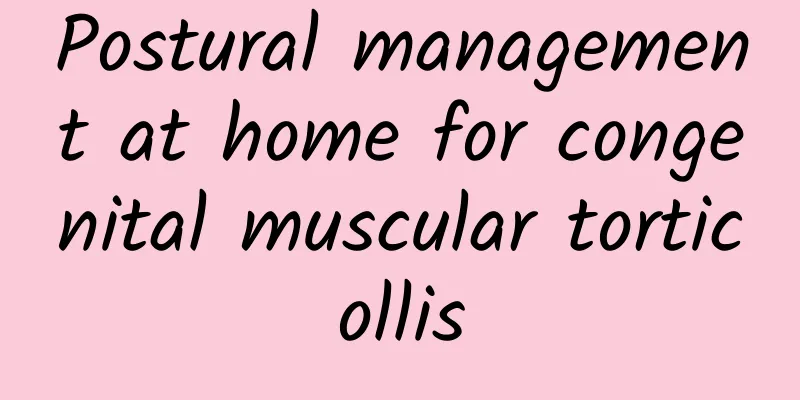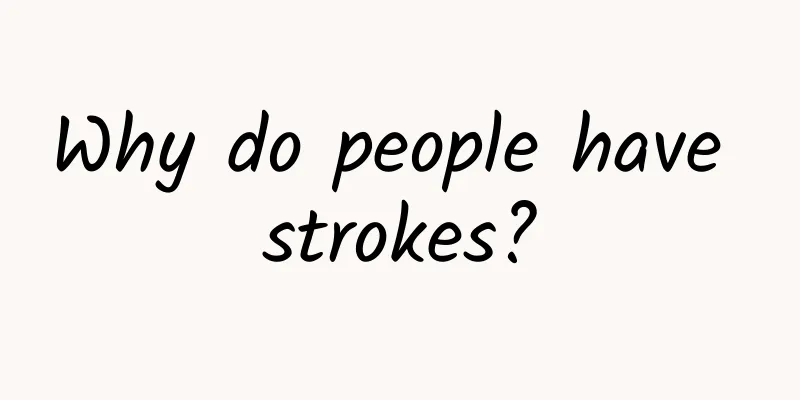Postural management at home for congenital muscular torticollis

|
Congenital muscular torticollis is a common benign disease of the bone, joint and musculoskeletal system in children. Its types include: 1. Mass type : manifested as a mass in the sternocleidomastoid muscle on the affected side and limited active and passive joint range of motion of the neck. 2. Muscle tension type : manifested by obvious tension, contracture and cord-like shape of the sternocleidomastoid muscle on the affected side, and limited range of motion of the neck joint. 3. Postural type : The child only has symptoms of head tilt, but no sternocleidomastoid muscle mass, muscle tension, or limited passive joint movement. Babies with congenital muscular torticollis will have facial asymmetry, which affects their appearance. Long-term weight bearing on one side during sleep will cause tilted head. The eyes are not at the same level, which may cause secondary strabismus. The poor appearance caused by secondary deformity will have a negative impact on their psychological development as they grow older. Therefore, in response to the above-mentioned hazards, in addition to regular outpatient treatment, we also need parents to actively cooperate with posture management at home. Let’s learn together with the editor. 1. When the mother is breastfeeding, she can guide the baby's head to rotate toward the affected side. (Breastfeeding in the direction of the affected side) 2. When sleeping in the prone position, turn the head to the affected side and align the lower jaw with the shoulder on the affected side. Note that when managing the prone position, parents must pay 100% attention to ensure that the baby breathes smoothly. 3. Use visual and auditory stimulation and safe sound, light and electrical toys to gently guide the child to raise his head and rotate his head toward the affected side. 4. Inclined holding position: This holding position can train the strength of the healthy side's neck muscles, promote the development of the neck upright reflex, and correct abnormal posture. The child leans on the parent's back, one hand passes through the child's legs to the waist, and the other hand is wrapped around the chest, slowly tilting the trunk to the affected side, guiding the child's neck to actively move to the healthy side. The popular science content of this platform has been funded by the China Association for Science and Technology's Science Popularization Department's 2022 National Science Literacy Action Project "National Society Science Popularization Capacity Improvement Project-Rehabilitation Science Popularization Service Capacity Improvement Action Plan" |
<<: Rehabilitation treatment for lumbar disc herniation
>>: If you sprain your ankle repeatedly, be careful of chronic ankle instability!
Recommend
Women have kidney pain on both sides when sleeping at night
If some women experience kidney pain, some of the...
Can I eat poached eggs during menstruation?
Can you eat fried eggs during menstruation? When ...
How to choose brown sugar for postpartum women?
A woman's body will become particularly weak ...
What diseases does the uterus have?
The uterus is a female-specific sexual organ, and...
Can I eat shrimp during menstruation?
Many female friends will experience symptoms such...
Is the tenderloin at the food stall chicken? What kind of meat is the tenderloin at the food stall?
Tenderloin refers to the tender strips of meat on...
What are the precautions before getting an IUD?
Now the family planning offices in various region...
Back pain and weak limbs? Nine tips to easily deal with sub-health
Back pain and weakness in the limbs are sub-healt...
Why do women have body odor?
Women often have body odor due to underarm odor. ...
Lumbar pain after childbirth
During the prenatal stage, the pregnant woman'...
How long to stop medication for candidal vaginitis
Women should never ignore vaginitis. In particula...
A must-read for girls who wear makeup! Beware of "makeup-induced eye diseases"!
As people's pursuit of beauty continues to in...
Double insurance for women's health: prevention and screening of cervical cancer and breast cancer
...
Women's breasts shriveled and sagging after childbirth
A woman's breasts will undergo great changes ...









